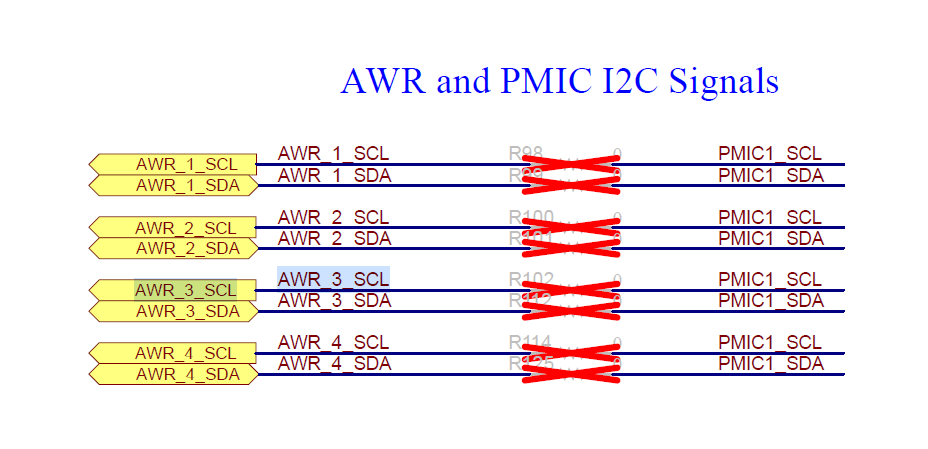Other Parts Discussed in Thread: MMWCAS-DSP-EVM, AWR2243, TDA2
Hi,
About the MMWCAS-RF-EVM, I have tow questions to ask,
1. J3 - 20 GHz LO Debug Connector was not populated on the EVM board whether it will result in return loss of 20GHz, then, the system performance will be affected ?
2. Why the only I2C slave address of master AWR2243 is configured by MMWCAS-DSP-EVM board ? how does the I2C slave address of other slave AWR2243s be configured to avoid addressing conflict ?
Thanks
Michael Su


